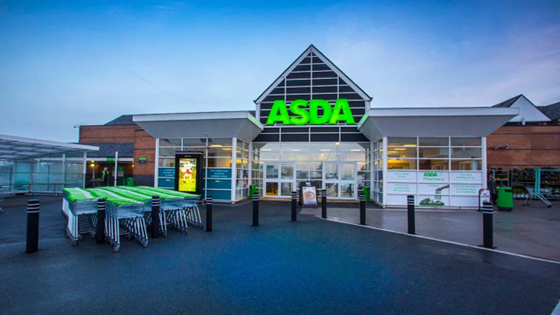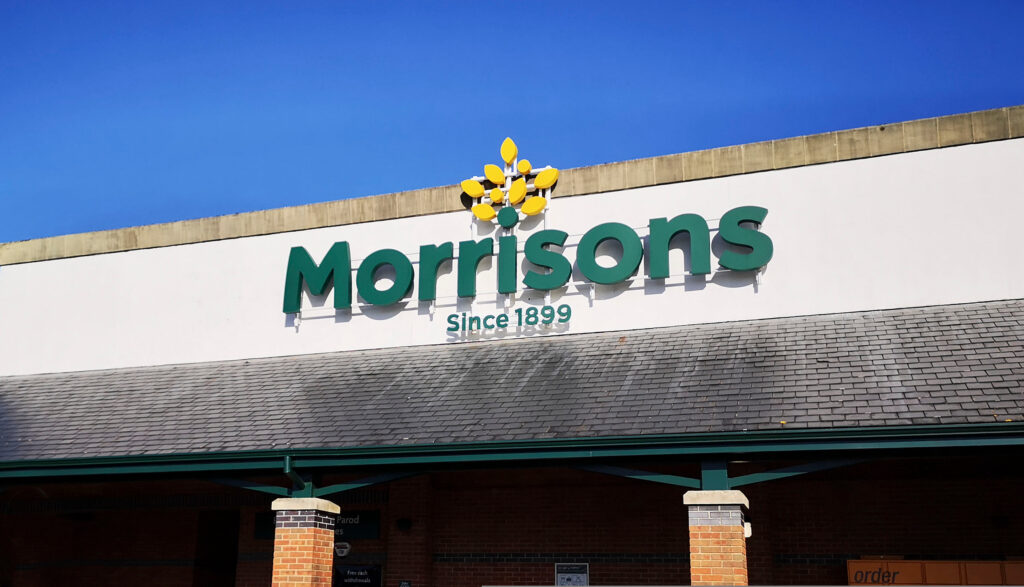Chocolate retailer Thorntons saw total sales increase but own store sales decline in the second quarter of 2012/13, it was announced today.
While total sales for the 14 weeks to January 12th 2013 were up 5.4 per cent year-on-year to £88 million, store closures led to a nine per cent decrease in own store sales.
Three stores were closed during the quarter, making a total of 27 store closures in the last year, as own store like-for-like (LFL) sales declined by 1.3 per cent.
Commenting on the results, Thorntons‘ CEO, Jonathan Hart, said: “We are pleased with the overall progress made during this key trading period.
“These results demonstrate the effectiveness of our multichannel distribution model and our strategy to rebalance our routes to market and revitalise the business as a whole.
“We have grown market share and demonstrated the continued strength of the Thorntons brand despite a challenging economy and a weak confectionery market.”
Franchise sales continued to decline following the collapse into administration of Thorntons‘ franchisee Clinton Cards in May 2012, though Thorntons branded commercial sales rose by 26.4 per cent to £34.7 million.
Meanwhile, the chocolate retailer increased its share of the total boxed chocolate market from 11.7 per cent to 12.1 per cent and its share of the inlaid boxed chocolate market went up from 33.5 per cent to 35 per cent, according to the Nielsen Moving Annual Total.
While international sales increased by 69 per cent to £2.1 million, Thorntons‘ multichannel offering was affected by operational issues and delays in the launch of the new website, causing Thorntons Direct sales to fall by £0.7 million to £4.8 million, over the period.
Describing the results as “a return to positive territory” but still a “weak performance” due to Thorntons‘ reliance on Christmas trade, George Scott, a retail consultant at analyst firm Conlumino, commented: “These results confirm Thorntons‘ continued demise as a leading UK retailer with a national store footprint.
“It will continue to experience shortfalls in trading performance over the next two years, as its turnaround plan is completed, and it manages its transition to a wholesale strategy.
“The brand has become increasingly less relevant with the UK retail audience; its new vision to focus on selling to the mass market through grocery multiples has undermined its exclusive credentials and ability to extract a premium on its product.”



























